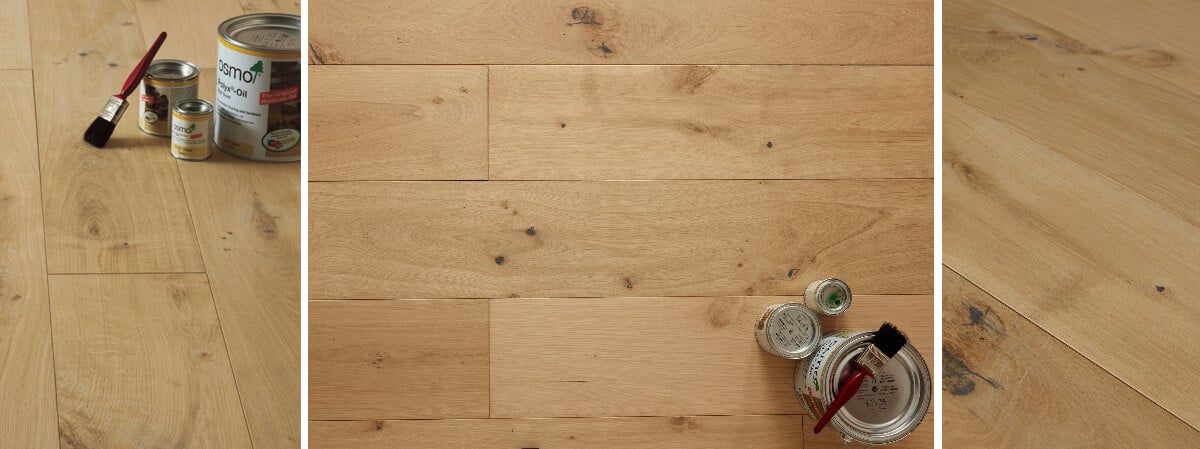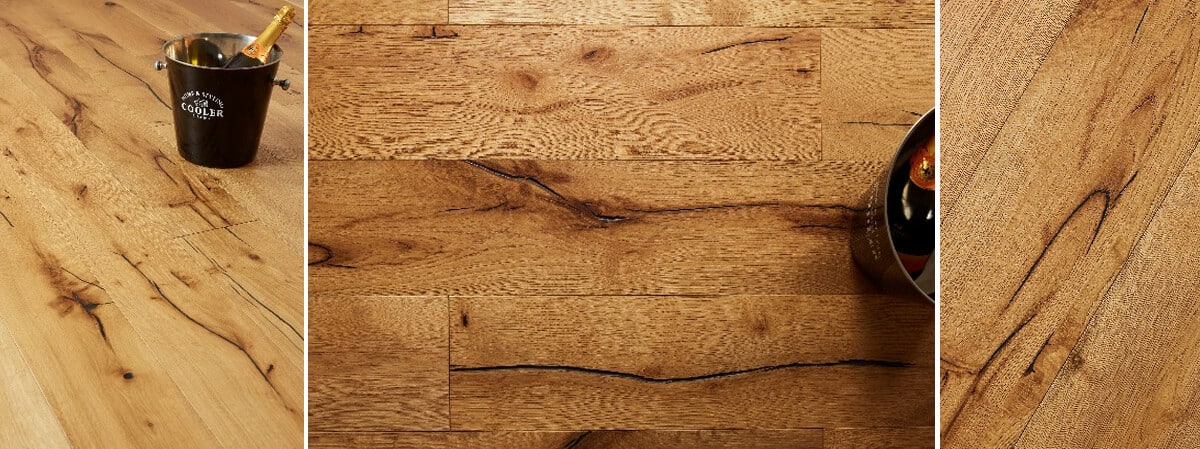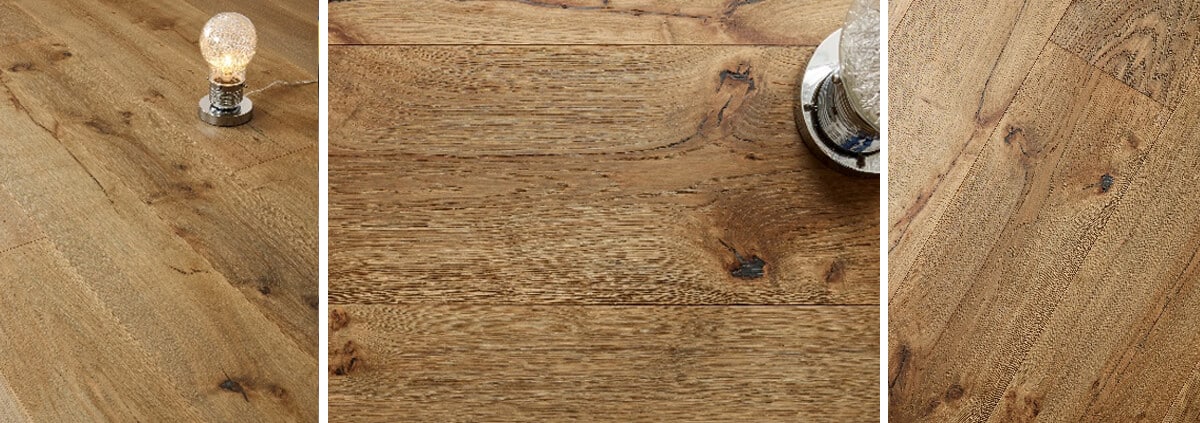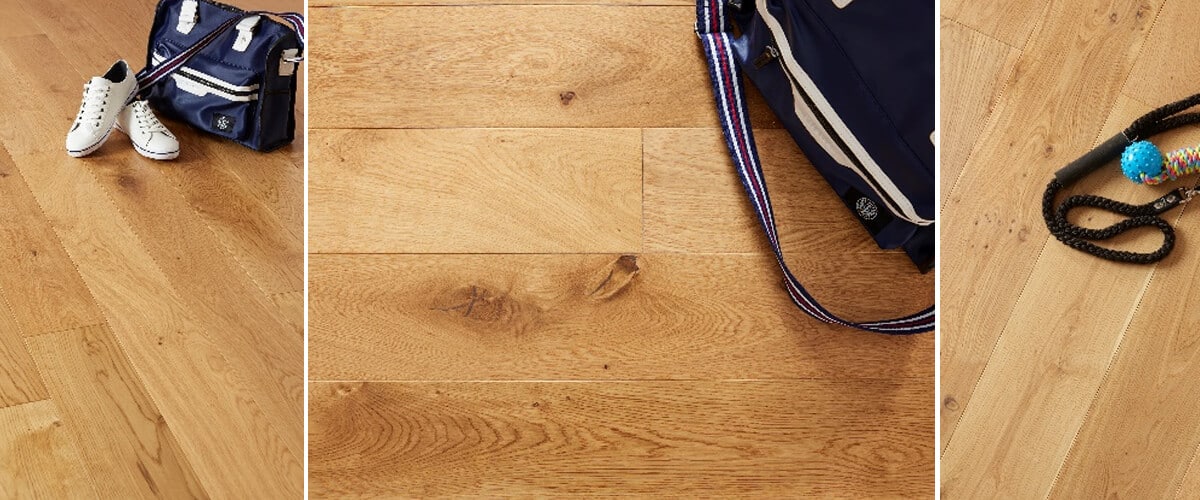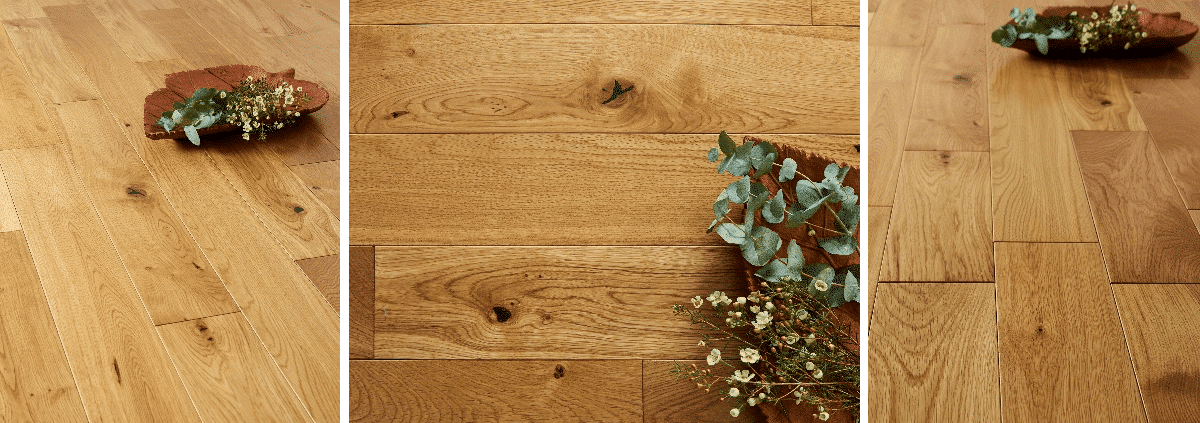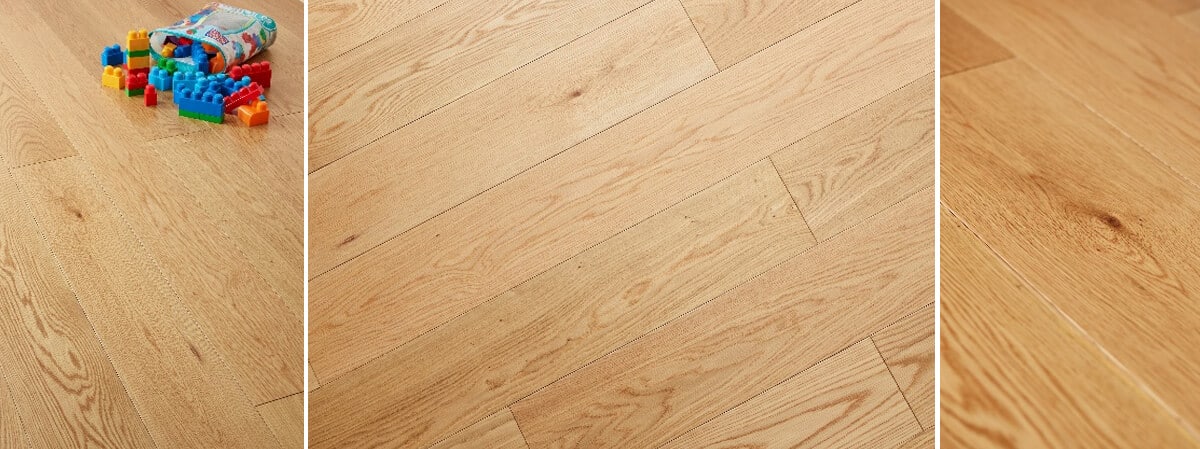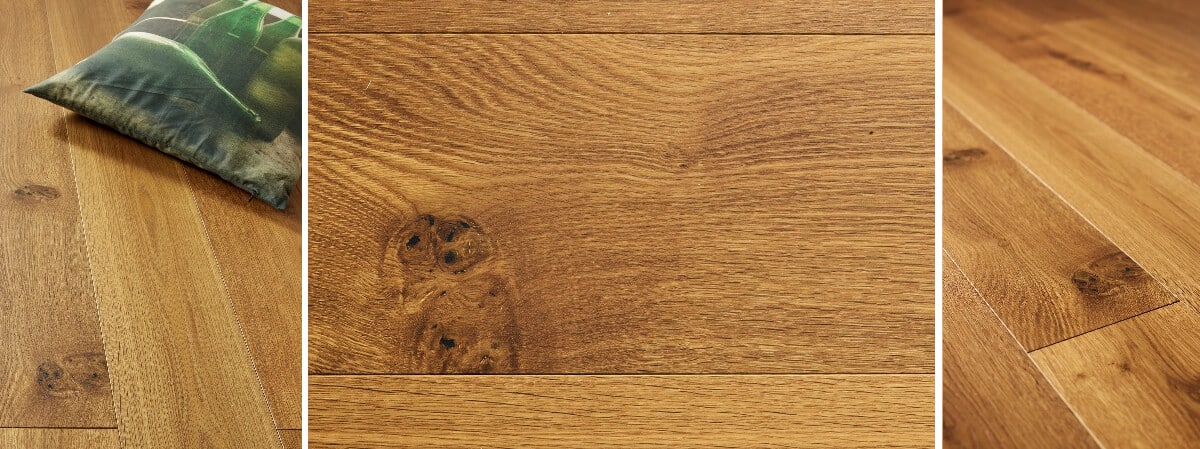Varnish Wood Floors Without Sanding: 7 Pro Secrets
Varnish Wood Floors Without Sanding – Complete Guide
Homeowners often ask whether it’s possible to varnish wood floors without sanding. The good news is, yes, it is possible—and with the right methods, products, and expertise, you can achieve stunning, lasting results without the mess or expense of traditional sanding. At Nationwide Hardwood Flooring Company, we specialise in guiding clients through safe, efficient ways to refresh their wood flooring while preserving its character and quality. Discover more about our flooring restoration process here. For a step-by-step breakdown, visit MF Paints: Varnishing Wood Floors Guide.
Why Choose to Varnish Wood Floors Without Sanding?
Varnishing without sanding offers major time and cost advantages for busy homeowners and businesses. Applying a protective coat enhances shine, durability, and water resistance while avoiding dust and disruption. To learn more about proper varnishing technique and preparation, read How to Varnish a Wooden Floor – Wood Finishes Direct. For those updating rental spaces, check out our wooden floor installation services for efficient solutions.
- Ideal for preserving older or delicate wood flooring.
- Convenient for commercial areas that cannot afford long downtime.
- Perfect for landlords renovating rental properties between tenants.
Understanding Your Floor Type
Before attempting to varnish wood floors without sanding, you need to know your flooring type. Whether it’s solid oak, parquet, engineered timber, or plywood floorboards, each material reacts differently to varnish products. At Nationwide Hardwood Flooring Company, we supply premium finishes compatible with all wood types, ensuring longevity and resilience. Explore engineered options like The Primes Engineered Flooring or classic solid choices such as Buckingham Solid.
Assessing the Surface Condition
Inspect your floors for scratches, dull spots, or flaking finishes. While varnishing without sanding can renew the surface, it can’t fix deep damage. See expert advice on assessing surface condition. Cleaning and light abrasion can significantly improve the adhesion of new coats.
Location Spotlight: London Homes and Historic Interiors
In London, many historic homes feature original parquet and hardwood floors. Varnishing without sanding preserves heritage materials, making it a popular choice for buildings in areas like Kensington and Notting Hill. For heritage-style herringbone floors, explore Burghley Multi-Ply Herringbone or Apsley Multi-Ply Herringbone.
Preparation: The Foundation of a Perfect Finish
Preparation is the single most important step when you plan to varnish wood floors without sanding. Without proper preparation, even high-grade varnishes may not adhere well. For thorough recommendations on cleaning, deglossing, and prepping a floor for refinishing, see GSA: Technical Procedures for Stripping, Staining, and Polishing Wood Floors.
- Clean Thoroughly: Remove dust, wax, or oils from the surface using a pH-neutral wood cleaner.
- Degloss the Surface: Use a liquid deglosser or light sanding pad to create a bonding surface for the varnish.
- Repair Small Imperfections: Fill cracks or holes with matching wood filler, then clean off any residue.
- Mask Edges: Protect skirting boards and walls with painter’s tape.
Best Products for Varnishing Without Sanding
Selecting the right materials is crucial. Our specialists often recommend water-based polyurethane varnishes, as they cure quickly and produce minimal odour. Oil-based versions penetrate deeper for a rich finish but require longer drying times. Learn more about eco-friendly floor finishes with Eco-Friendly Hardwood Finishes – Hardwood Info and explore sustainable natural oils at FlooringFirst: Natural Oil Finishes.
Top Varnish Recommendations
- Water-based polyurethane varnish for eco-friendly projects.
- Matte-finish varnish for natural-looking oak flooring.
- Semi-gloss varnish for herringbone engineered floors such as Witley Multi-Ply Herringbone.
- Quick-drying varnish ideal for commercial settings.
Step-by-Step: How to Varnish Wood Floors Without Sanding
The process can be completed in one to two days depending on the room size and drying conditions.
Step 1: Cleaning
Vacuum thoroughly, then mop with a damp microfiber cloth. Avoid excess water—moisture can warp wood. For specific cleaning protocols, see Wood Floor Maintenance Best Practices.
Step 2: Apply Deglosser
Using a soft cloth, wipe the floor with a deglossing agent. Allow it to dry according to manufacturer instructions to remove glossy residues and promote adhesion.
Step 3: First Coat of Varnish
Apply a thin layer of varnish with a quality applicator or brush, working along the wood grain. Leave to dry for several hours. For demonstrations on proper application, check Inspecteur Maison: Floor Varnishing Tips.
Step 4: Apply Second Coat
Once the first coat is dry and smooth, apply the second coat. A third coat may be added after 24 hours for additional depth.
Step 5: Curing and Maintenance
Let the varnish cure completely—usually 48 to 72 hours. Avoid dragging furniture or placing rugs on newly treated floors.
Professional Help from Flooring Experts Near You
While it’s possible to varnish wood floors without sanding yourself, many property owners prefer professional results. Nationwide Hardwood Flooring Company provides full-service solutions across London and the UK. Our experienced fitters use advanced techniques to maintain your floor’s integrity and visual appeal. Read client testimonials at Our Clients.
Contact for a Free Quote
Contact us at 07940 528 315, email enquiries@nhfcompany.co.uk, or use our online contact form.
Key Benefits of Varnishing Without Sanding
- Extends floor life without removing material.
- Reduces mess and noise during renovation.
- Minimises downtime for commercial spaces.
- Preserves authenticity of old or damaged wood floors, including styles like Solid Herringbone Flooring.
Environmental Benefits
Modern water-based varnishes used to varnish wood floors without sanding are low-VOC and safer for homes and the environment. For guidance on VOCs and certifications, refer to LeafScore: Important Certifications for Ethical Hardwood Flooring. Explore more about sustainable practices at Business of Home: Sustainable Flooring Guide.
Choosing the Right Finish for Your Style
Finishes define your floor’s look. Whether you prefer glossy, semi-gloss, or satin, choose a varnish that highlights wood grain and colour. Popular selections include:
- Satin: Balanced sheen that hides minor flaws—ideal for floors such as Loch Achray Multi-Ply Flooring.
- Gloss: Bright and reflective—great for modern spaces like Balmoral Engineered Flooring.
- Matte: Understated elegance for rustic themes—see Loch Tay Multi-Ply Flooring.
Varnish Wood Floors Without Sanding in London
Across London boroughs, homeowners are turning to this efficient restoration method. It ensures smooth continuity between classic wood floors in Georgian flats and luxury engineered builds. See examples at Our Work.
Common Mistakes to Avoid
- Skipping cleaning may create uneven patches. Find cleaning tips at JustWood: Maintenance Best Practices.
- Applying thick coats leads to rippling or slow curing.
- Using inappropriate varnish causes peeling or color distortion. For further reading, see Wooden Flooring Experts: Varnish Finishes Guide.
Expert Advice
Test varnish on a small section first; compatibility with existing finish is key. For additional guidance, consult expert articles at Mr Sander: Guide to Wood Floor Varnish.
Maintenance Tips After Varnishing
After you varnish wood floors without sanding, follow a careful maintenance routine. Use felt pads under furniture and avoid abrasive cleaners. Regular sweeping or vacuuming prevents grit from scratching.
Weekly Cleaning Routine
- Dust mop daily or as needed.
- Use a lightly damp mop with wood-safe cleaner weekly.
- Avoid steam mops; excessive moisture harms varnish and floors, as seen with Loch Morar Multi-Ply.
Revarnishing Schedule
Floors may need revarnishing every 3–5 years, depending on traffic and environment. Regular upkeep preserves the shine; see maintenance tips in our blog.
Cost Considerations
Varnishing without sanding saves up to 40% compared to full resurfacing. Key factors include floor size, product choice, and condition. Nationwide Hardwood Flooring Company offers transparent quotes. Request a quote through our Contact Page.
Typical Price Ranges in London
| Service | Average Cost per m² |
|---|---|
| Varnish without sanding | £10–£18 |
| Full sanding and varnish | £20–£35 |
| Minor cleaning and polish | £5–£8 |
DIY vs. Professional Services
DIY offers savings but risks uneven results. Professionals ensure durability and appeal. For expert installations, see Wooden Floor Installation options.
Why Choose Nationwide Hardwood Flooring Company?
- 15+ years’ experience in floor restoration
- Fully insured contractors and fitters
- Eco-friendly varnish options
- Fast, clean, and efficient service
Local Expertise Across the UK
From Manchester loft conversions to Liverpool office projects, our teams manage diverse flooring needs. In London, our expertise extends to Chelsea, Fulham, and Richmond. Refined techniques maintain authenticity and meet modern standards. Consider Haro Engineered Flooring for reliability, and Loch Rannoch Multi-Ply for style.
Customer Satisfaction and Guarantee
Every varnish project comes with a workmanship guarantee, ensuring streak-free and durable finishes. Learn about our customer care and see reviews on Our Clients.
Interesting Facts About Wood Floors in the UK
Did you know oak floors remain Britain’s top choice? Over 65% of UK hardwood flooring sales are oak variants. Historic London districts feature parquet and herringbone layouts, making non-sanding techniques essential. Shop Loch Tummel Multi-Ply Flooring and Blenheim Multi-Ply Flooring.
Expert Insight: Engineered and Real Wood Compatibility
It’s possible to varnish wood floors without sanding even on engineered timber, as long as the veneer is intact and clean. For care tips, see Refinishing Engineered Wood Floors – 7 Pro Tips.
Surface Preparation for Engineered Floors
Engineered floors often have thin wear layers. Excessive sanding shortens lifespan, making no-sanding varnishing the superior alternative. Explore options like Chalfield Multi-Ply Herringbone and Eastbury Multi-Ply Herringbone.
Extending Floor Life Through Care
Proper varnish application greatly extends the lifespan of wood flooring. Experts recommend regular inspections in high-traffic areas. For product choices, see Blenheim Black Walnut Multi-Ply and Chatsworth Multi-Ply Herringbone.
Protecting Against Moisture and UV
Modern varnishes include UV inhibitors and moisture resistance—critical for UK homes. For technical details, see USDA Forest Products Lab: Wood Floor Maintenance [PDF].
Conclusion: Beautiful Results Without Mess
Choosing to varnish wood floors without sanding offers an efficient, eco-friendly, and cost-saving way to maintain wood beauty. Trust Nationwide Hardwood Flooring Company for flawless restoration. Learn about our company on the About Us page. For free consultations, call 07940 528 315, email enquiries@nhfcompany.co.uk or use our Contact Form.Keep your floors shining with expert care, premium eco-friendly finishes, and regular maintenance.


